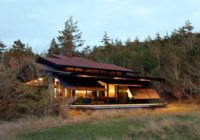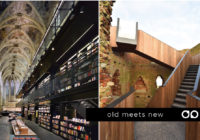What is Green Architecture?


Green architecture is a sustainable method of green building design: it is design and construction with the environment in mind. It generally work with the key concepts of creating an energy efficient, environmentally friendly house.
Characteristic
The highest goal is to be fully sustainable. Simply put, people act “green” in order to achieve sustainability. Green architecture, or green design, is an approach to building that minimizes harmful effects on human health and the environment.
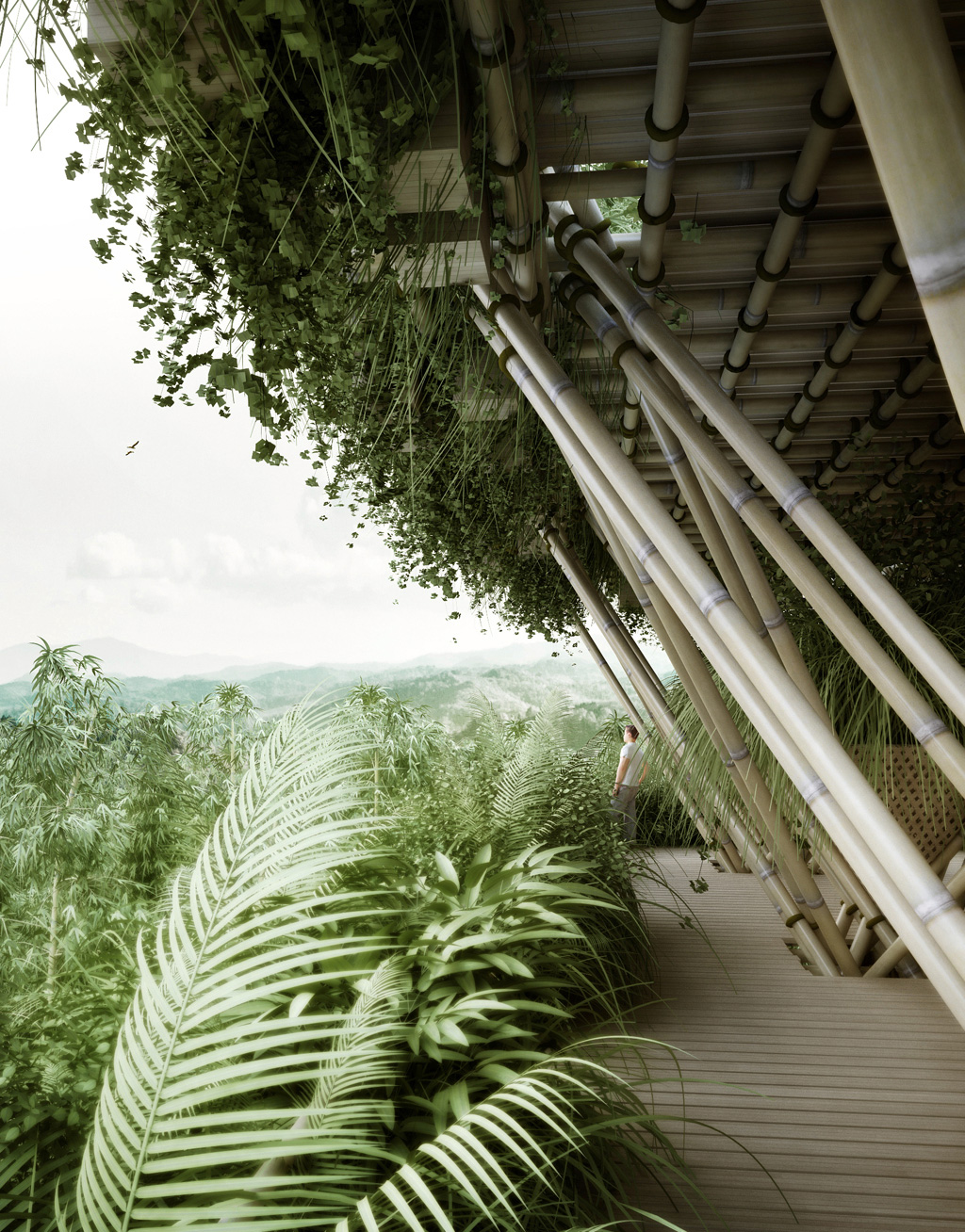

The “green” architect or designer attempts to safeguard air, water, and earth by choosing eco-friendly building materials and construction practices. While most green buildings do not have all of the following features, they may include:
- Landscaping with native vegetation and planned to maximize passive solar energy
- Minimal harm to the natural habitat
- Alternative renewable energy power sources such as solar power or wind power
- Use of recycled architectural salvage
- Efficient use of space
- Optimal location on the land, maximizing sunlight, winds, and natural sheltering
Great examples of Green Architecture
Precht’s The Farmhouse concept / Precht architecture
Architects Fei and Chris Precht, who is also the co-founder of architecture studio of Penda, developed The Farmhouse as a way to reconnect people in cities with agriculture and help them live in a more sustainable way.


Precht’s The Farmhouse concept / Precht architecture


Precht’s The Farmhouse concept / Precht architecture


Precht’s The Farmhouse concept / Precht architecture
25 Verde / Luciano Pia


25 Verde / Luciano Pia


25 Verde / Luciano Pia


25 Verde / Luciano Pia
Bosco Verticale / Boeri Studio


Bosco Verticale / Boeri Studio
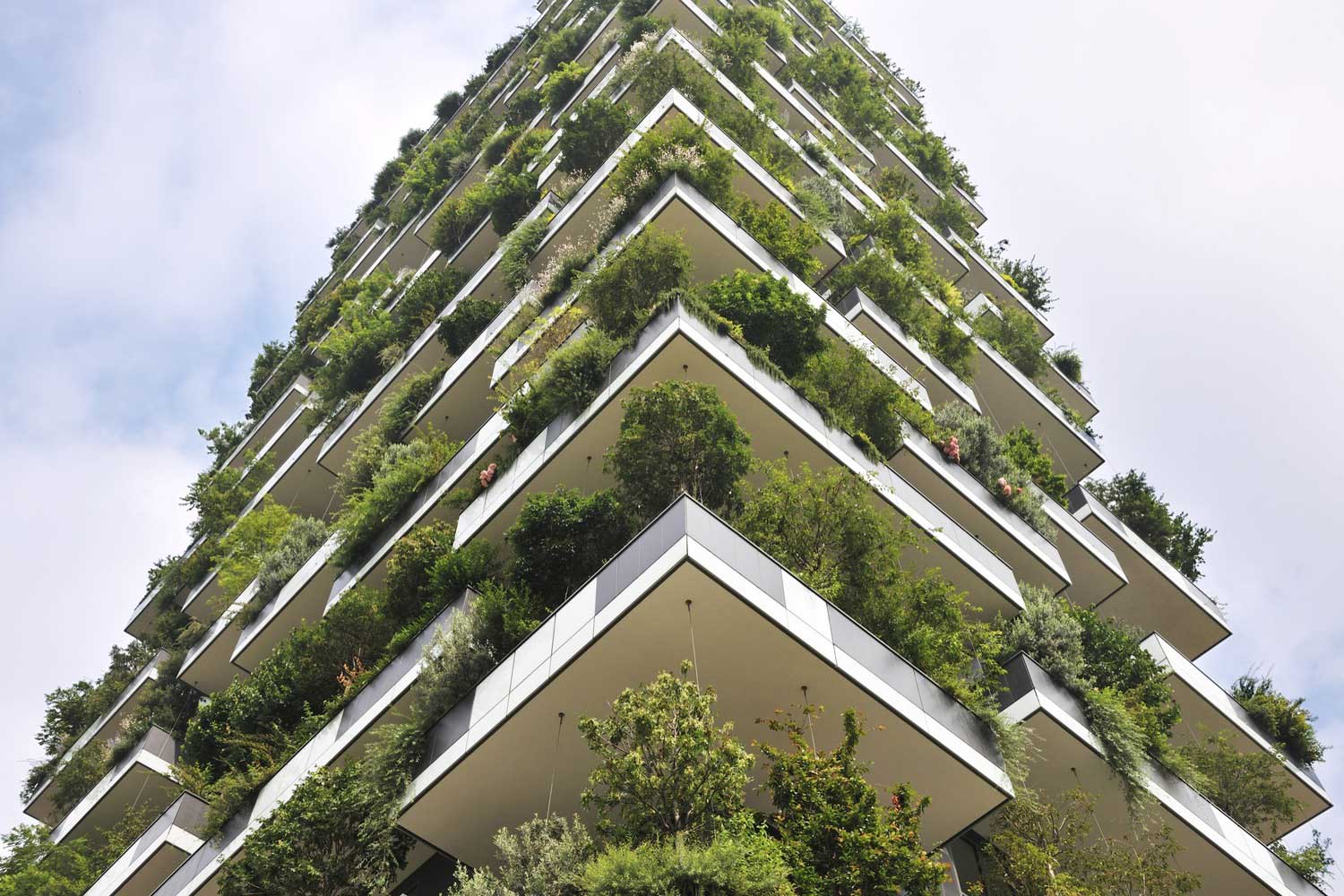

Bosco Verticale / Boeri Studio


Bosco Verticale / Boeri Studio
Sportplaza Mercator / VenhoevenCS


Sportplaza Mercator / VenhoevenCS
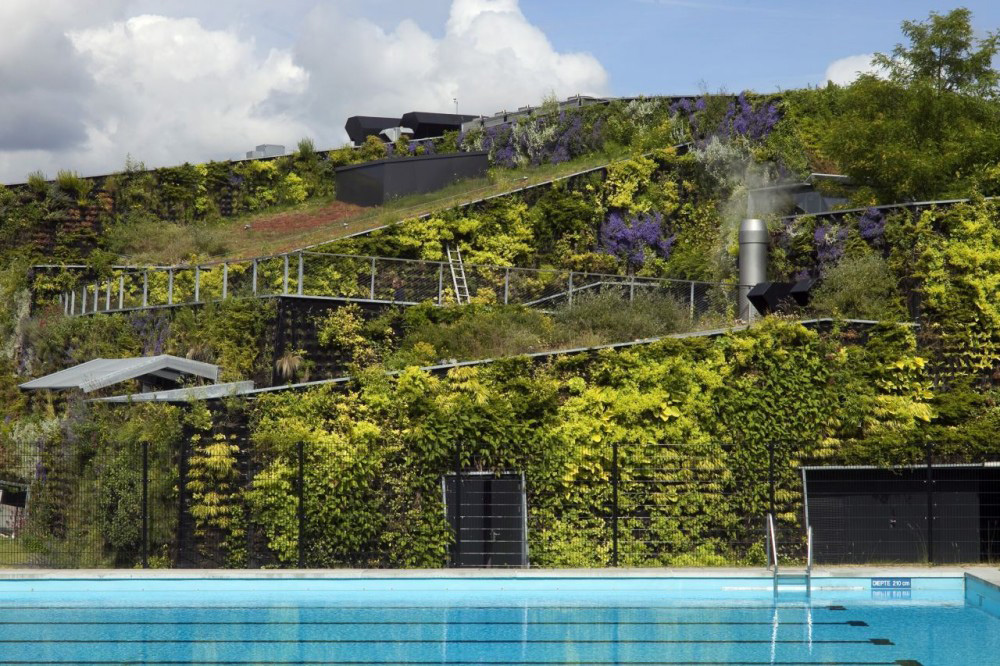

Sportplaza Mercator / VenhoevenCS
Rising Canes Pavilion / Penda


Rising Canes Pavilion / Penda


Rising Canes Pavilion / Penda


Rising Canes Pavilion / Penda
Green Architecture, while very challenging and costly even, is the architect’s appreciation to the earth. Human’s exploit can only get us to a certain point if we fail to take care of the planet that caters us all.





